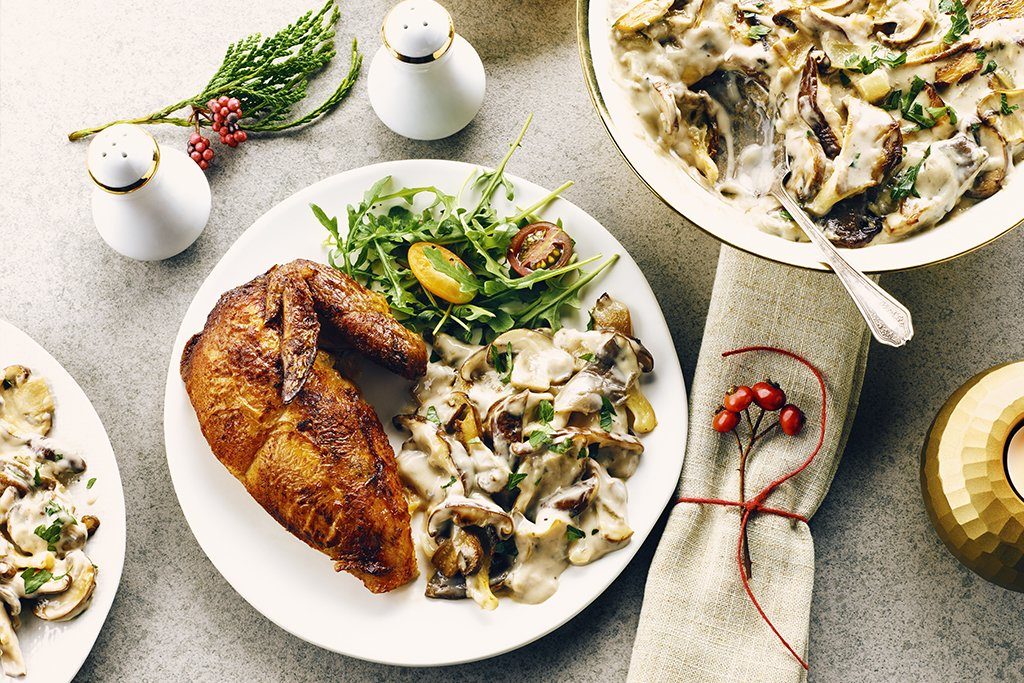A buffet is a great way to feed a lot of people in a short period of time. When setting up the buffet, keep a few concepts in mind to make dinner smooth and hassle-free for both you and your guests.
Table Placement:
The best way to avoid buffet congestion is to set up multiple stations in different areas of the room. While the main table accommodates the dinner items, set up two smaller tables away from the main table, one for salads and drinks and another one for desserts.
Vertical Interest:
Create visual interest on the table by varying the heights of the serving dishes and then filling in any gaps with seasonal decorations—like Easter baskets, vases of different sizes filled with fresh spring flowers, coloured eggs, etc. Make “pedestals” using stacks of books or small boxes of different heights then cover the stacks with cloth napkins or one or two additional tablecloths. Besides making a gorgeous table, arranging the food dishes at different heights makes buffet items easy to see and reach as well.
Flow:
Without a doubt, this is the most important detail of any buffet set-up. Logical flow makes it easy for your guests to fill their plates without having to balance a plate, drinking glass and silverware. Dinner plates should be the first item in line before the food; have silverware either at individual place settings or wrapped in napkins at the end of the buffet line. And ideally, drinks should be at another station or table entirely.
Early Set-Up:
To make things easy on Easter day, set up the buffet table the day before, labeling each spot where your menu items will go and placing any serving utensils next to where they’ll be needed. It’s also a good idea to have a saucer or small plate next to each buffet item to rest the used serving utensils on.

